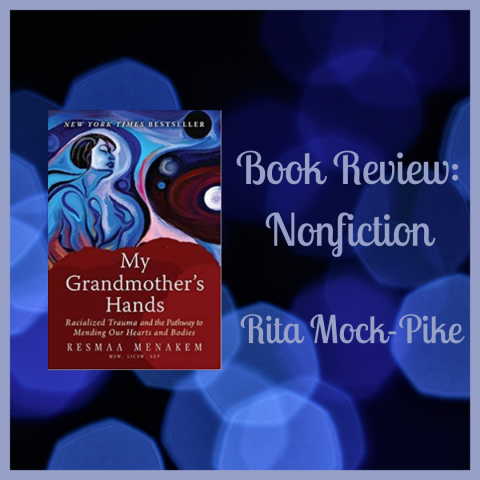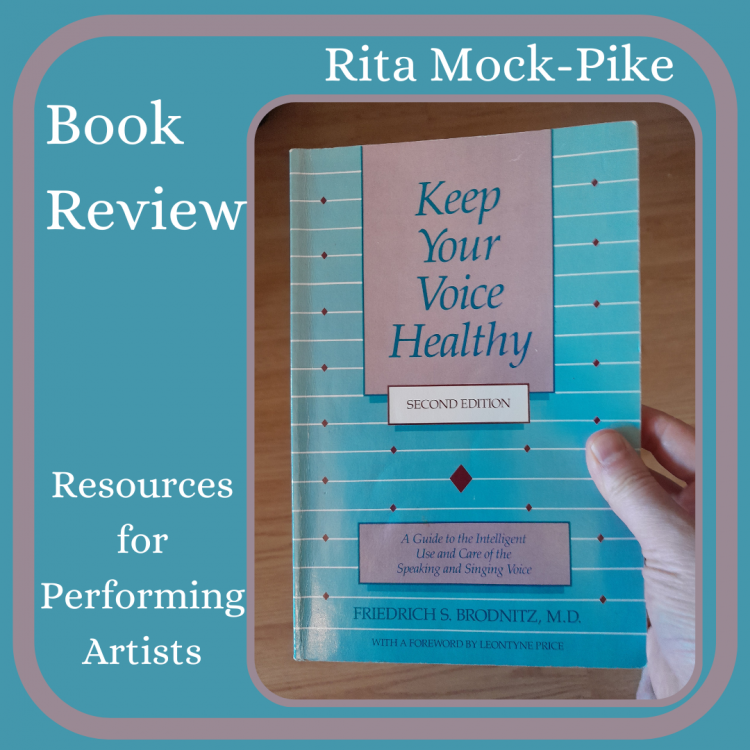Book Review: My Grandmother’s Hands

Book cover image from Bookshop.org
While textbooks may have the power of revealing historical plot points throughout our existence, I’ve come to greatly appreciate the texts used at my theological seminary. The professors carefully think things through before assigning reading. This semester has started out with an emotional journey of healing through reading My Grandmother’s Hands, by Reesma Menakem.
I wasn’t sure what to expect when I signed up for my class about leadership in ministry settings. However, I quickly fell into the intense depths of the first book assigned, My Grandmother’s Hands. It’s all about healing from racialized trauma and not just for folks with skin darker than my pale European descent.
The book focuses on healing for three specific bodies – Black bodies, White bodies, and police bodies. It should be realized before going into this that the author acknowledges there is a lot more work to do for people of other descent than African and European. This work, however, is intended for these three bodies as a gateway to all else.
For the sake of my class, it has been a fast read – just 6 weeks. It might seem like a lot compared to a novel, but 6 weeks has not been enough time. There are practices throughout that, as the author notes, if you really want to heal and be the change, you should do them thoughtfully and carefully.
But the Body Practices, as they are called, aren’t the only “trauma” within the healing book. The book leads readers through the historical precedence and thoughtful revelations (or confirmations) about so much of the leading up to where our world is today, at least in the United States.
(Again, the author notes issues concerning the rest of the world on these matters, but his specific audience is Americans as we have been the forerunners in many of these atrocities.)
If I weren’t burnt-out right now, maybe the book wouldn’t have been as emotionally overwhelming. Probably not, though. There are a lot of things to work through, a lot of things to consider, a lot of things to acknowledge – no matter how dark or light your skin tone may be – and through that we are put on equal footing.
The difference is, will you accept the challenge for change, the challenge for healing, the ability to metabolize your trauma?
I would recommend reading this book more slowly than I was able to for class. Read no more than one chapter at a time. Better yet, read only between each Body Practice before taking a break and coming back later on.
Taking your time to process and avoiding overload could help change your life, your emotional healing, and maybe even help cure the racism, colorism, or other “isms” entrenched in your body.
And I do mean body.
This book is all about the body’s responses to trauma and how we can work through that and heal and help others heal.
Don’t read lightly and don’t breeze through. Take your time, breathe, do the Body Practices, take breaks, and come back for more when you’re ready. Give yourself time, space, and permission to heal. I know I’ll be going back to this book when the semester is over and I can take the book at a slower pace for just that reason.
Need more great books? Check out these reviews from readers at the MockingOwl Roost.
- The Making of Biblical Womanhood
- If God is Love, Don’t Be a Jerk
- What Loss Can Teach Us
- Three Girls From Bronzeville
- The Yoga Prescription
- 26.2 Life Lessons
Editor-in-Chief of The MockingOwl Roost, Rita Mock-Pike is the granddaughter of aviatrix, Jerrie Mock, first woman to pilot an airplane solo around the world. Rita has found inspiration from her grandmother’s life and flight and pursued many of her own dreams in theatre, podcasting, novel writing, and cooking up delicious food from around the world. She now writes on food, travel, pets, faith, and the arts. She’s happily married to Matt, and faithfully serves the very fluffy kitten queen, Lady Stardust.





2 Comments
[…] My Grandmother’s Hands […]
[…] My Grandmother’s Hands […]